Digital Curation Fundamentals
Digital Curation Fundamentals
Jody L. DeRidder
Rowman & Littlefield
Lanham Boulder New York London
Published by Rowman & Littlefield
An imprint of The Rowman & Littlefield Publishing Group, Inc.
4501 Forbes Boulevard, Suite 200, Lanham, Maryland 20706
www.rowman.com
Unit A, Whitacre Mews, 26-34 Stannary Street, London SE11 4AB
Copyright 2018 by Jody L. DeRidder
All rights reserved . No part of this book may be reproduced in any form or by any electronic or mechanical means, including information storage and retrieval systems, without written permission from the publisher, except by a reviewer who may quote passages in a review.
British Library Cataloguing in Publication Information Available
Library of Congress Cataloging-in-Publication Data
Names: DeRidder, Jody L., 1957 author.
Title: Digital curation fundamentals / Jody L. DeRidder.
Description: Lanham : Rowman & Littlefield, [2018] | Includes bibliographical references and index.
Identifiers: LCCN 2018017881 (print) | LCCN 2018033215 (ebook) | ISBN 9781538106792 (electronic) | ISBN 9781538111215 (hardcover : alk. paper) | ISBN 9781538106785 (paperback : alk. paper)
Subjects: LCSH: Data curation in libraries. | Digital preservation.
Classification: LCC ZA4080.4 (ebook) | LCC ZA4080.4 .D47 2018 (print) | DDC 025.8/4dc23
LC record available at https://lccn.loc.gov/2018017881
 The paper used in this publication meets the minimum requirements of American National Standard for Information SciencesPermanence of Paper for Printed Library Materials, ANSI/NISO Z39.48-1992.
The paper used in this publication meets the minimum requirements of American National Standard for Information SciencesPermanence of Paper for Printed Library Materials, ANSI/NISO Z39.48-1992.
Printed in the United States of America
Preface
W ebsites and digital news stories disappear daily; researchers cant access their own data for reuse; students dont know how to make their work last for the next ten years. Knowledge is built on previously gathered information; but what happens when that information is no longer accessible? And where does the archivist, librarian, or administrator fit into this picture? This book describes the basic steps of data curation, in clear, easy-to-follow language, and clarifies the many potential roles that can help ensure our most valuable information will be viable for generations to come.
Who This Book is FoR
Digital Curation Fundamentals is for the average librarian or archivist who wants to help save knowledge for future use but knows little to nothing about digital curation or how it fits with their jobs. This book is also for administrators who need to stay on top of things but dont yet have a good grasp on the purpose and scope of digital curation and how central it is to the future of librarianship. Additionally, this book is a reference handbook for those who are involved in digital curation in some form but need the context to know how their work fits into the big picture and what comes next. Most of all, this book is for people who want to make a difference but have limited resources with which to work.
For example, staff members involved in capturing digital content will use this book to determine what file formats to use and what metadata to capture in what standards. Staff members who prepare digital content for long-term storage will refer to this book to determine what technical and administrative metadata to capture and how to store it. Administrators developing digital preservation solutions will refer to this volume for storage options and priorities, for example, the need to protect the provenance and usability of the digital resources. Employees involved in digital curation from the point of content development by users to usability studies for provision of access will find recommendations here for methods, approaches, standards and best practices, and resources for more information.
This book takes a straightforward, commonsense approach to a complex problem and portrays the challenges and opportunities in an approachable, conversational style that lowers the bar to include those with little to no technical expertise and few resources.
What This Book Covers
Within this book you will find not only the basic theoretical underpinnings of digital curation and the current options for creating access to older content, but also guidance and methods for every aspect of digital curation, from selection through provision of access. For outreach archivists and instructional librarians, there is guidance on how to educate content creators. For hands-on practitioners, there are sections on file formats, metadata schemas, technical metadata extraction and testing, and crucial aspects to consider for selecting content for curation. For those developing infrastructure, there are guidelines on storage and protection, usability studies, and options on web delivery. For those involved in digital curation, there are resources to help leverage community efforts and expand expertise even further.
Digital Curation Fundamentals is a result of the research, testing, implementations, and expertise gained during the fourteen years the author spent developing digital library and digital preservation solutions at both the University of Tennessee and the University of Alabama. As policy maker, collaborator, infrastructure developer, teacher, programmer, and administrator, the author speaks clearly and knowledgeably about every level of digital curation. Keenly aware of the funding and technical expertise limitations within current libraries and archives, she points out practical options and crucial concerns to be weighed when choosing the most appropriate solutions for your organization. As a result of reading this book you will have a comprehensive understanding of the various aspects of digital curation; know how the proponent theories fit together, and how and why they vary; and be armed with sufficient information to make intelligent choices and decisions, based on your own resources and capabilities.
How This Book Is Structured
This book explores various roles we can play in digital curation, models for developing our policies and processes, and how to best leverage our resources. It lays out the basics necessary for digital curation in an easy-to-understand manner.
Chapter 1 explains the meaning of digital curation, the reason it is important, and the environmental challenges that make it both difficult and rewarding.
Chapter 2 explores roles in digital curation for librarians, archivists, administrators, organizations, and the community.
Chapter 3 explains three top models for digital curation, including how they overlap, why they differ, and when to apply each one effectively.
Chapter 4 speaks to the pros and cons of the three main methods of providing access to older content: encapsulation, emulation, and migration.
Chapter 5 addresses the difficult tasks of sorting through and selecting content for curation, from locally created or obtained materials to those of donors or found on the web.
Chapter 6 covers selection of archival formats in which to store that content and discusses rights issues and the various forms of metadata needed, including technical metadata and useful tools.
Chapter 7 explains how content must then be protected, monitored, and replicated (multiple copies in dispersed locations) to ensure longevity.
Chapter 8 covers options for organizing and providing access to older materials throughout time.
Chapter 9 discusses how we can contribute to and leverage community efforts to accomplish much that we cannot do separately.
The appendix contains highly recommended options for next steps.
The bibliography provides a wealth of further reading.
This book is a valuable resource that can help turn the tide against the loss of our digital culture, including many valuable scientific, legal, and historic resources. Used effectively, the guidance and recommendations provided here can help ensure that future generations have the information they need to leverage and build new knowledge, instead of recreating the wheel. This can make the difference in our ability to solve complex political and environmental problems, overcome terrible diseases we have researched for years, and avoid repetition of the mistakes of our past. The nature of our future depends on our collaborative effort. The author offers her depth and breadth of knowledge in the hopes that you will take it, build on it, and put it to work, to help ensure a hopeful and healthy future for our children and grandchildren. Thank you in advance for all you do to provide users with the resources needed, in the form needed, at the point of need. Digital Curation Fundamentals will help you move us forward.
Next page

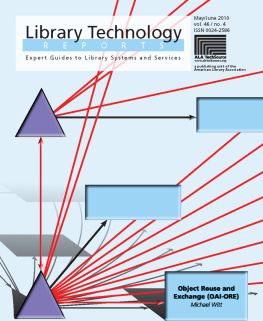
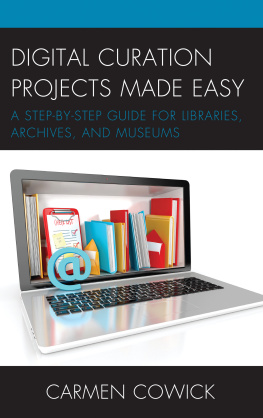
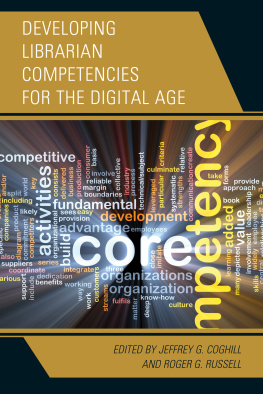
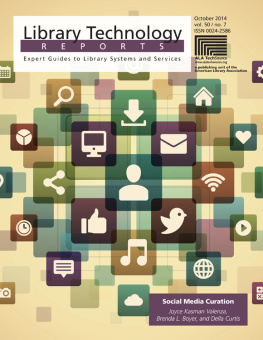
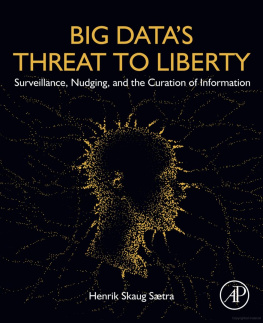

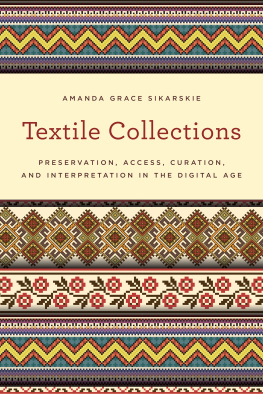


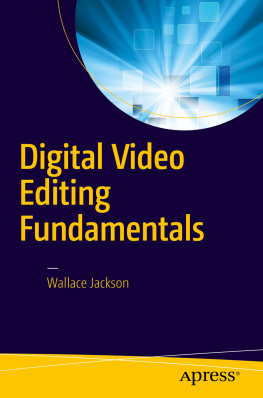
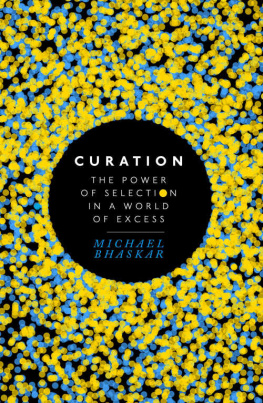
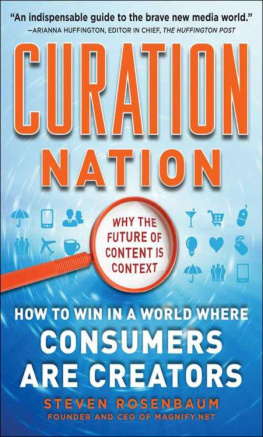
 The paper used in this publication meets the minimum requirements of American National Standard for Information SciencesPermanence of Paper for Printed Library Materials, ANSI/NISO Z39.48-1992.
The paper used in this publication meets the minimum requirements of American National Standard for Information SciencesPermanence of Paper for Printed Library Materials, ANSI/NISO Z39.48-1992.